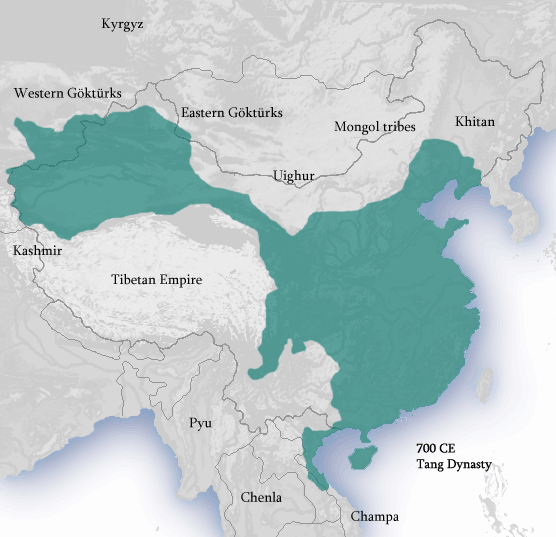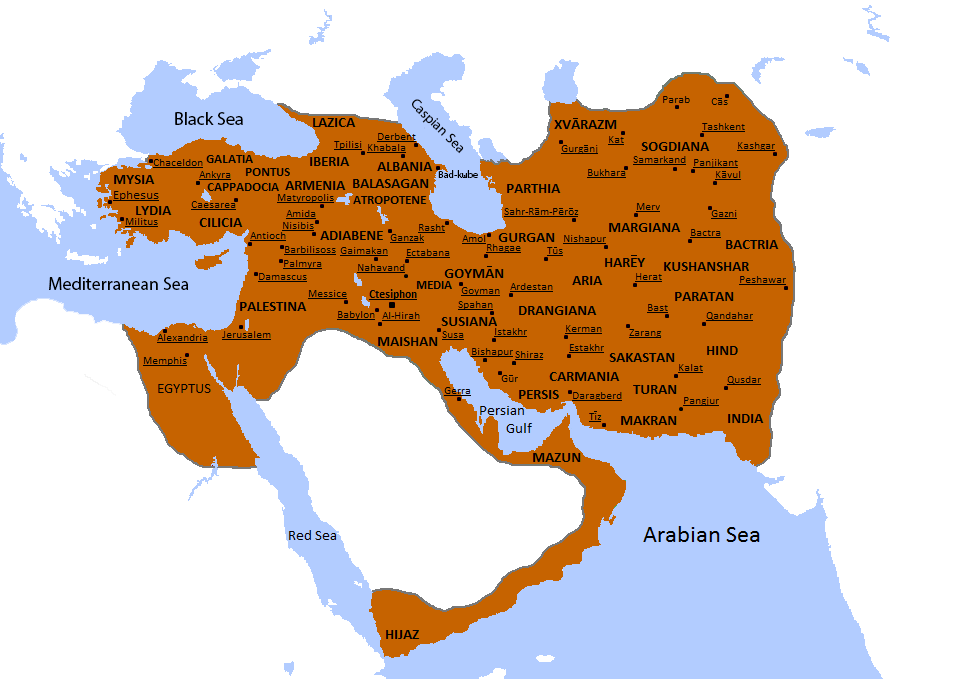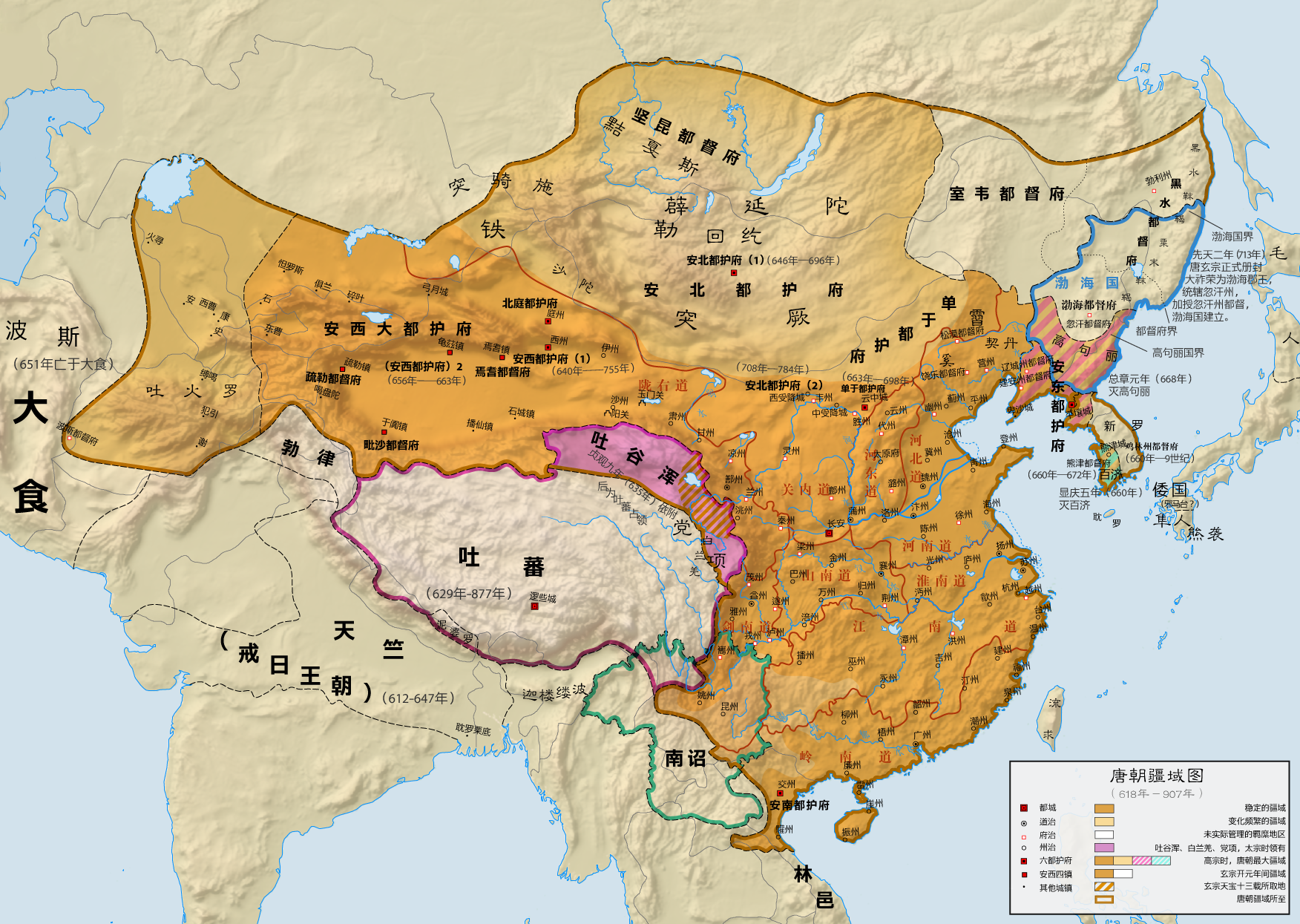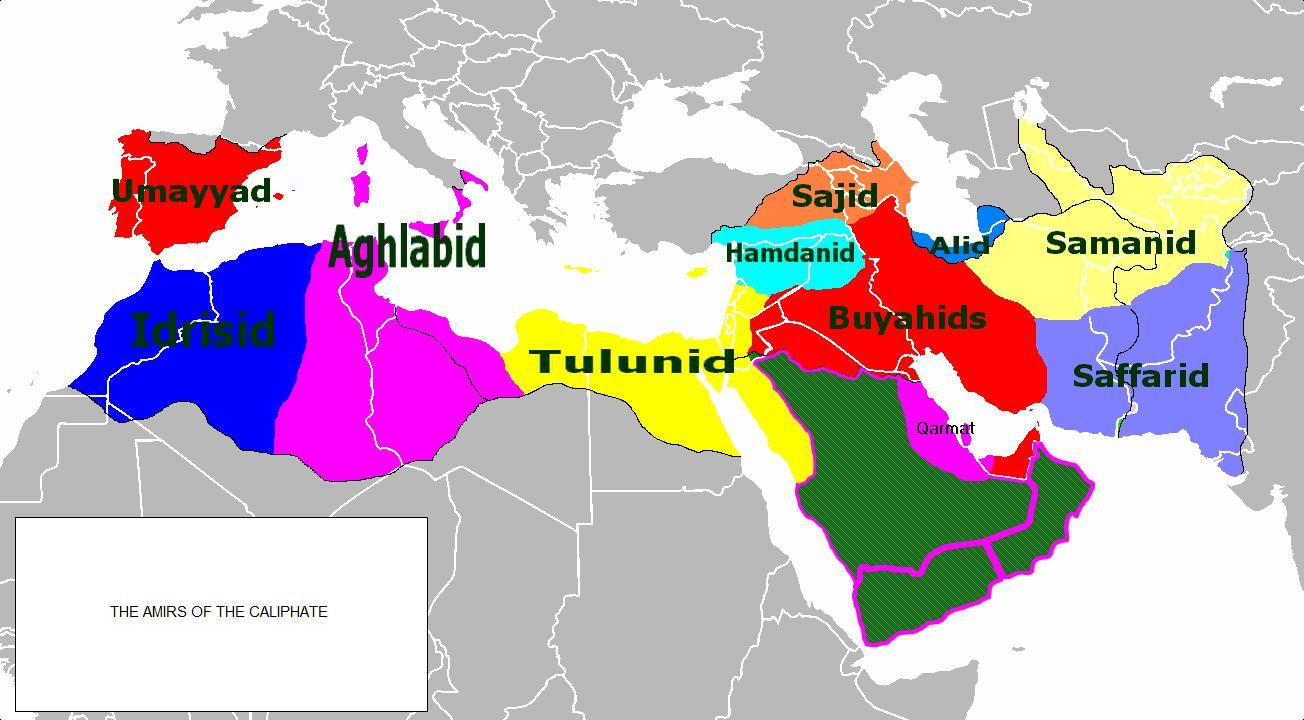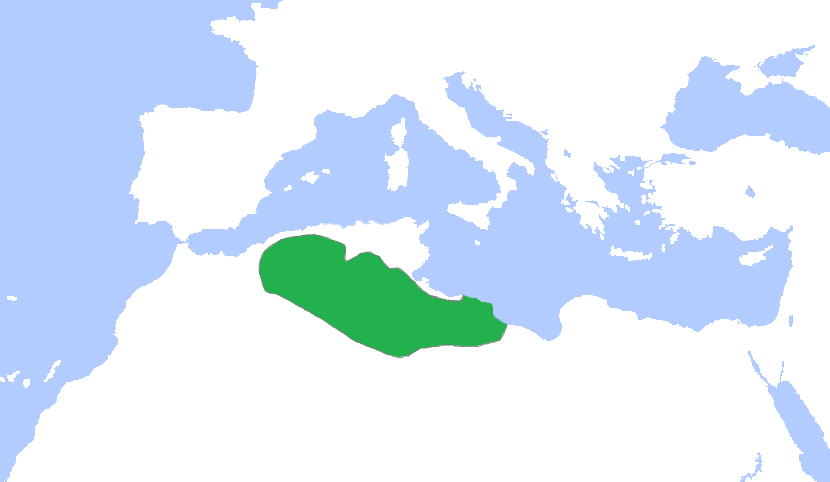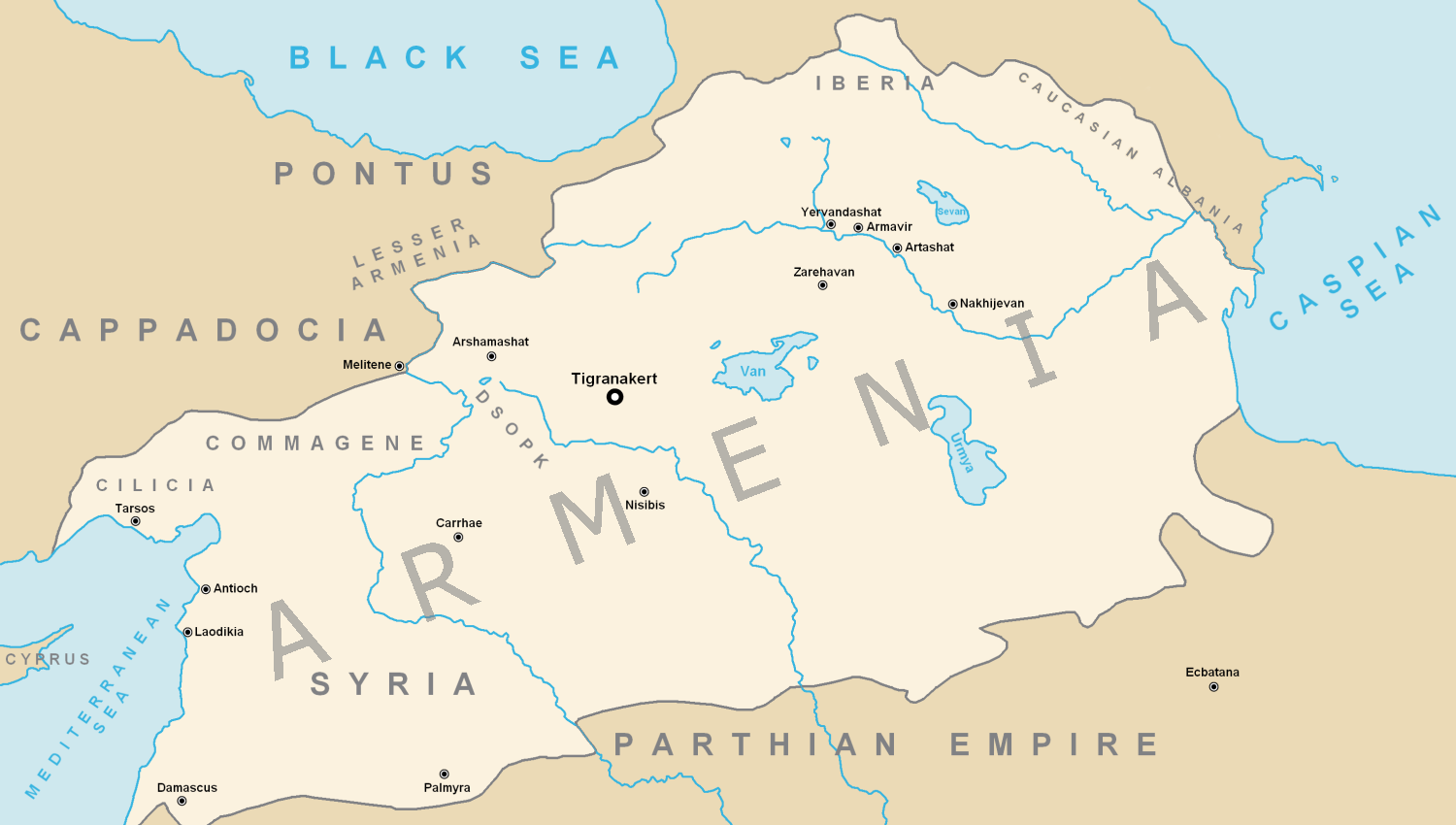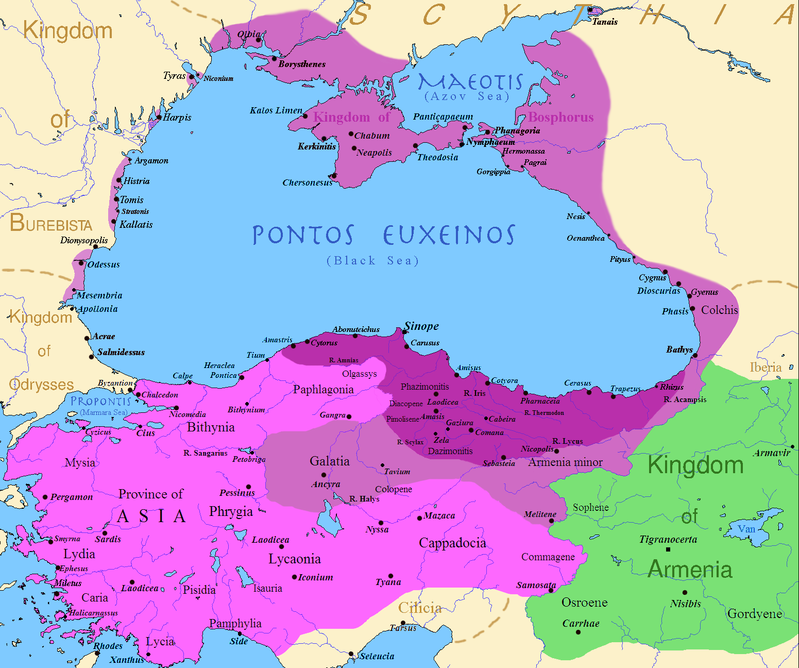Abu Muslim Khorasani, the man who crushed Ummayad Empire
Abu Muslim Khorasani known as
Vehzādān Pour Vandād Hormoz (
Persian: وهزادان پور ونداد هرمزد), was a general in service of the
Abbasid dynasty, who led the
Abbasid Revolution that toppled the
Umayyad dynasty.
Rise and revolution
Abu Muslim observed the revolt in
Kufa in 736 tacitly. With the death of the
Umayyad Caliph
Hisham ibn Abd al-Malik in 743, the Islamic world was launched into civil war. Abu Muslim was sent to
Khorasan by the Abbasids initially as a propagandist and then to revolt on their behalf. He took Merv in December 747 (or January 748), defeating the Umayyad governor
Nasr ibn Sayyar, as well as
Shayban al-Khariji, a
Kharijite aspirant to the caliphate. He became the
de facto governor of Khorasan, and gained fame as a general in the late 740s in defeating the rebellion of
Bihafarid, the leader of a syncretic
Persian sect that were
Mazdaism. Abu Muslim received support in suppressing the rebellion both from purist Muslims and Zoroastrians. In 750, Abu Muslim became leader of the Abbasid army and defeated the Umayyads at
Battle of the Zab. Abu Muslim stormed
Damascus, the capital of the Umayyad caliphate, later that year.
His heroic role in the revolution and military skill, along with his conciliatory politics toward
Shia,
Sunnis,
Zoroastrians,
Jews, and
Christians, made him extremely popular among the people. Although it appears that Abu al-'Abbas
al-Saffahtrusted him in general, he was wary of his power, limiting his entourage to 500 men upon his arrival to
Iraq on his way to
Hajj in 754. Abu al-'Abbas's brother,
al-Mansur (r. 754-775), advised al-Saffah on more than one occasion to have Abu Muslim killed, fearing his rising influence and popularity. It seems that this dislike was mutual, with Abu Muslim aspiring to more power and looking down in disdain on al-Mansur, feeling al-Mansur owed Abu Muslim for his position. When the new caliph's uncle, Abdullah ibn Ali rebelled, Abu Muslim was requested by al-Mansur to crush this rebellion, which he did, and Abdullah was given to his nephew as a prisoner. Abdullah was ultimately executed.
Relations deteriorated quickly when al-Mansur sent an agent to inventory the spoils of war, and then appointed Abu Muslim governor of
Syria and
Egypt, outside his powerbase. After an increasingly acrimonious correspondence between Abu Muslim and al-Mansur, Abu Muslim feared he was going to be killed if he appeared in the presence of the Caliph. He later changed his mind and decided to appear in his presence due to a combination of perceived disobedience, al-Mansur's promise to keep him as governor of Khorasan, and the assurances of some of his close aides, some of whom were bribed by al-Mansur. He went to Iraq to meet with al-Mansur's in
al-Mada'in in 755. Al-Mansur proceeded to enumerate his grievances against Abu Muslim, who kept reminding the Caliph of his efforts to enthrone him. Against Muslim were also charges of being a
zindiq or heretic.
[6] al-Mansur then signaled five of his guards behind a portico to kill him. Abu Muslim's mutilated body was thrown in the river
Tigris, and his commanders were bribed to acquiesce to the murder.
Death
His murder was not well received by the residents of
Khorasan and
Kurdistan, and there was resentment and rebellion among the population over the brutal methods used by Mansur.
[6] He became a legendary figure for many in
Persia, and several Persian heretics started revolts claiming he had not died and would return;
[6] the latter included his own propagandist
Ishaq al-Turk, the Zoroastrian cleric
Sunpadh in
Nishapur, the
Abu Muslimiyya subsect of the
Kaysanites Shia, and
al-Muqanna in Khorasan. Even
Babak claimed descent from him.











